The First Disaster - 1902
On April 5, 1902, during a Scotland vs England match in the 1902 British Home Championship, a section of terracing at the back of the newly built West Tribune Stand collapsed due to heavy rainfall the previous night. Hundreds of supporters fell up to 40 feet (12 m) to the ground below. 25 people died and 517 were injured.
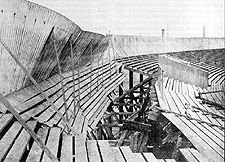
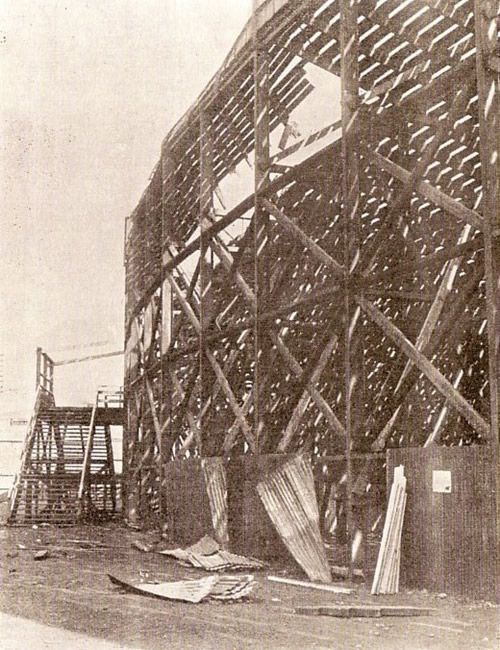
The stand at the time consisted of wooden terracing supported by a steel girder frame. Following the accident such frameworks were discredited, and replaced throughout the United Kingdom by terracing supported by earthworks or reinforced concrete.
The tragedy occurred after 51 minutes of the match, which was declared void by the two Football Associations. All proceeds of the replayed match at Villa Park, Birmingham on 3 May 1902 went to the disaster fund.
Ongoing Problems
During the 1960s there were concerns about the safety of the stairway adjacent to passageway 13 (colloquially known as Stairway 13) the exit closest to Copland Road Underground Station. On 16 September 1961 two people were killed in a crush on the stairway, and there were two other incidents where several people were injured. However Rangers had spent £150,000 on improvements, a very significant sum for the time.
The Second Disaster - 1971
The second major incident occurred on January 2, 1971 at the end of a Rangers vs Celtic game. After 89 minutes of scoreless football Celtic took a 1-0 lead and many Rangers supporters left the stadium. However, in the last seconds of stoppage time, Colin Stein scored an equaliser for Rangers.
As the crowd were leaving the ground, barriers on the stairway adjacent to passageway 13 gave way causing a massive chain-reaction pile-up of spectators. The tragedy resulted in the loss of 66 lives, including many children - five of them schoolmates from the town of Markinch in Fife. Bodies were stacked as deep as six feet in the area. Over 200 other fans were injured.
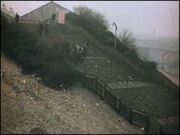
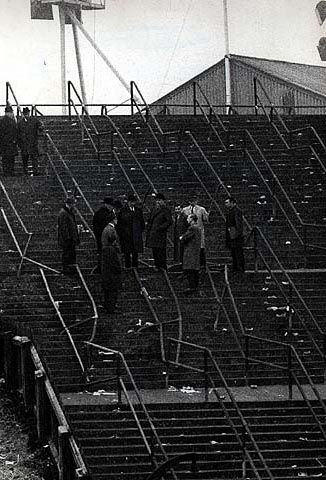
Alex Ferguson, former player of Rangers and legendary manager of Manchester United, had attended the game as a spectator with his brother Martin, and left the ground before the tragedy occurred. His brother Martin had left minutes later, but went to a nearby pub on his way home and returned to the family home in Govan just before his brother and a family friend were about to report his absence to the police.
Initially it was speculated that fans leaving the ground turned back when they heard roars from the crowd. The speculation was that those who turned back collided with fans leaving the ground when the match ended. The official inquiry into the disaster indicated that there was no truth in this hypothesis. All the spectators were going in the same direction at the time of the collapse. However the "myth of the Stein goal" became widely believed and repeated for many years after the disaster.
Consequences
The 1971 disaster led to a huge redevelopment of Ibrox, spearheaded by the general manager at the time Willie Waddell, who visited Borussia Dortmund's Westfalenstadion for inspiration. Ibrox was converted to an all seater stadium, and was subsequently awarded UEFA five star status.
Both sides of the Old Firm put aside their rivalries and came together to play a game to raise funds for the victims' families. A combined Rangers and Celtic team took on a Scotland XI at Hampden watched by 81,405 fans.
For some years after 1971 disaster there was only a small plaque at the corner of the ground where it took place. However around 30 years later a larger monument was erected at the corner of the Bill Struth Main Stand and the Copland Road Stand, including the names of everyone killed in all three incidents, and a statue of John Greig, Rangers captain at the time of the 1971 disaster. The official Rangers singing section - The Blue Order - also commissioned a huge banner to remember the 'Absent Friends' - dedicated to the disasters and every Ranger who has passed on.
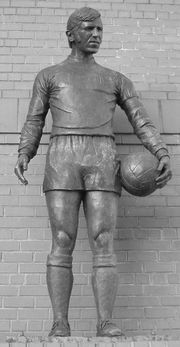
The 66 Who Died
Bryan Todd, Robert McAdam, Peter Wright, John Gardiner, Richard Bark, William Thomson Summerhill, George Adams, John Neill, James Trainer.
Richard Douglas Morrison, James Whyte Rae, David Douglas McGee, Robert Colquhoun Mulholland, David Ronald Paton, George McFarlane Irwin, Ian Frew, John Crawford, Brian Hutchison.
Duncan McIsaac McBrearty, Charles John Griffiths Livingstone, Adam Henderson, Richard McLeay, David Cummings Duff, David Fraser McPherson, Robert Lockerbie Rae, Robert Campbell Grant, John McNeil McLeay.
David Anderson, John Buchanan, John McInnes Semple, John Jeffrey, Robert Maxwell, Matthew Reid, Alexander McIntyre, Peter Gilchrist Farries, Thomas Melville.
John James McGovern, George Wilson, Robert Charles Cairns, Hugh McGregor Addie, James Yuille Mair, Margaret Oliver Ferguson, Robert Turner Carrigan, George Alexander Smith, Walter Robert Raeburn.
Andrew Jackson Lindsay, Charles Dougan, William Mason Philip, Russell Morgan, Peter Gordon Easton, George Crockett Findlay, Charles Stirling, Thomas Dickson, James Graham Gray.
Thomas McRobbie, Ian Scott Hunter, Nigel Patrick Pickup, Russell Malcolm, Alexander Paterson Orr, Thomas Walker Stirling, James William Sibbald, Frankie Dover, Walter Shields, Thomas Grant, William Duncan Shaw, Donald Robert Sutherland.
Recommended Reading
Sheils, Robert (November 1998). "The fatalities at the Ibrox disaster of 1902". The Sports Historian 18 (2): 148-155. British Society of Sports History.
Ferrier, Bob; Robert McElroy (2005). 'Rangers: The Complete Record'. Breedon Books, 67-8. ISBN 1 85983 481 7.
'Stairway 13: The 1971 Ibrox Disaster' (Paul Collier)
BBC Report (with radio footage) - 'On this Day' .
Discuss this article
Enjoyed this article? Disagree entirely? Found a spelling mistake? Whatever your opinion, it's welcome on our popular and friendly message-board.










